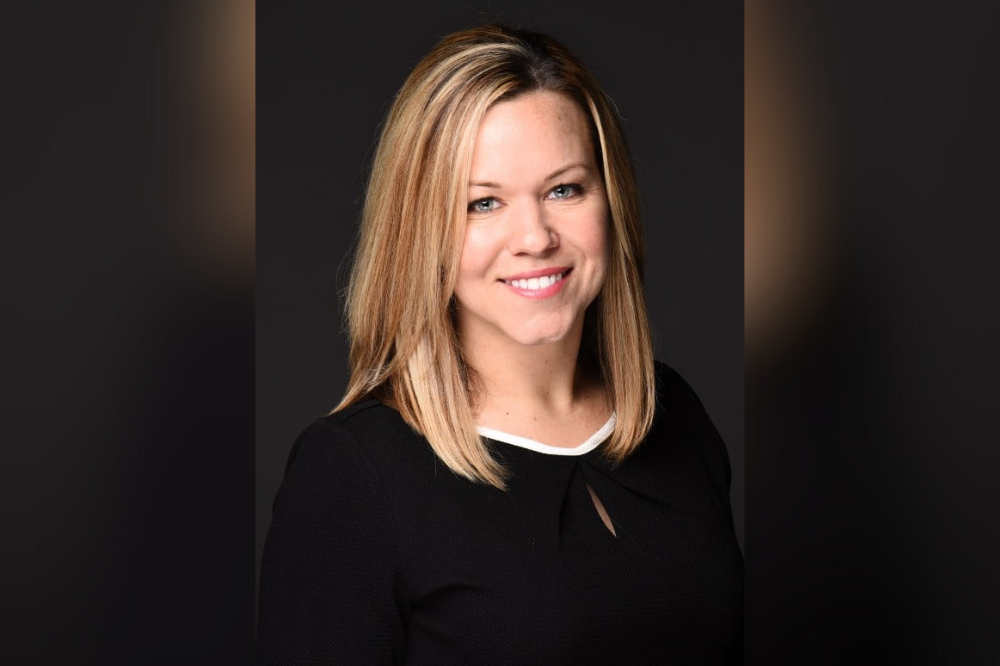Employee benefits reaches ‘inflection point’

Employee benefits reaches ‘inflection point’ | Insurance Business America
Insurance News
Employee benefits reaches ‘inflection point’
Expert shares trends to note in 2024
Insurance News
By
Gia Snape
Dramatic shifts in the workplace, compounded by macroeconomic trends and the rise of artificial intelligence (AI), have created a perfect storm in employee benefits.
These influences are driving employers to reconsider their benefits strategies, which means that employee benefits providers must rethink their offerings to stay competitive.
One expert told Insurance Business that there has been more change in the business and the role of employee benefits since the COVID-19 pandemic than in the past few decades.
“The employee benefits market is almost at an inflection point,” said Stephanie Shields (pictured), head of employee benefits at Equitable.
“The workplace, where we’ve traditionally done business and reached our customers and employees, has dramatically shifted. There’s been more change in the past few years than in maybe decades in terms of the way the workplace operates and the role of benefits within it.
“These macro forces are driving this inflection point where trends in technology, digital experience, and how we reach customers will accelerate.”
Mental wellness now ‘front and center’ in benefits strategies
One of the most significant transformations in the employee benefits market is the greater focus on mental wellness.
“Employees are seeking mental wellness programs more than ever, which could be anything from more virtual counselling or apps for mindfulness or meditation,” said Shields, who noted that most workers believe it’s important for their employer to value their emotional and psychological well-being.
Nurturing employees’ mental wellness has also become a critical focus point.
“There’s also a lot of time lost every year, an estimated 12 billion working days, because of depression and anxiety. So, employers are paying attention,” Shields said.
“They care about their workforce, but there’s also a financial aspect to it, too. Brokers and employers will continue to look to see what programs carriers can bring.
“While there’s traditional EAP (Employee Assistance Programs), there’s also greater virtual access to some new innovative riders geared toward helping employees be more educated in taking care of themselves.”
EAPs are also being modernized, in that while there’s been a historical focus on in-person counselling, offerings have become more informative, educational, and virtual.
“There are more wellness campaigns focused on managing lifestyle stresses or exercises such as yoga. Where counselling has primarily been in-person, now there’s digital access to counselling anytime, anywhere, which opens more options for care,” Shields said.
Modernizing the employee benefits experience
Employee benefits providers must recognize that work environments are more diverse than ever. Employers’ return-to-office policies can differ significantly, underscoring the need for bespoke offerings and a flexible, digital approach to delivering benefits, according to Shields.
“We’ve invested a lot in the education from a digital standpoint, in terms of how we reach employees,” she said.
“Modernizing the Employee Benefits experience is critical in an industry where we need to people where they are. That might be in a traditional workplace like classrooms or one that’s much more virtual or at least partly virtual.”
Virtual enrollment is a cornerstone of this strategy, with a focus on video and other digital materials that can aid employees in making informed choices about their needs.
“I think employees more than ever are pausing to say, ‘I have awareness around what risks might be, and I need to protect myself financially and from a holistic wellness perspective.’ They’re looking at their benefit choices more closely than ever,” Shields said.
Finally, when it comes to reaching the employers themselves, Equitable has strengthened its digital process to speed up and simplify ‘interaction points’ with customers.
“We’ve gone completely digital as an option, taking what used to be a paper process that could take five or more business days to something that can be completed in an hour,” Shields told Insurance Business.
How will AI impact the employee benefits space?
Employee benefits providers aren’t immune to the sweeping changes brought by AI. Shields said Equitable has been investing in its AI capabilities as widespread adoption accelerates.
“There’s probably a long runway ahead of us on how businesses adopt artificial intelligence. McKinsey estimates that 70% of all organizations will be using at least one type of AI technology by 2030,” she said.
Equitable’s first use case for AI was in the front end to speed up the quoting process, enhancing its first touch point with employers and brokers.
“We use AI to take in all the information, assess the data, and create the best, most competitive quote that meets our clients, our employer clients, benefits needs,” Shields said.
But generative AI will also play an increasingly valuable role in the employee benefits space.
“We absolutely have a corporate focus on how to not only create the best use cases for the business but also make sure we have the right controls and the data integrity to implement generative AI,” said Shields.
“It’s something we’re exploring, but also making sure the proper controls are in place.”
What are the biggest trends in employee benefits you see playing out in 2024? Share your thoughts below.
Related Stories
Keep up with the latest news and events
Join our mailing list, it’s free!






